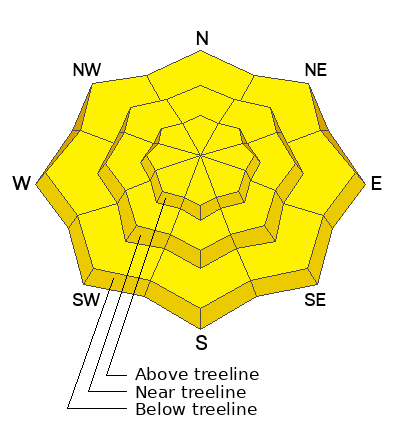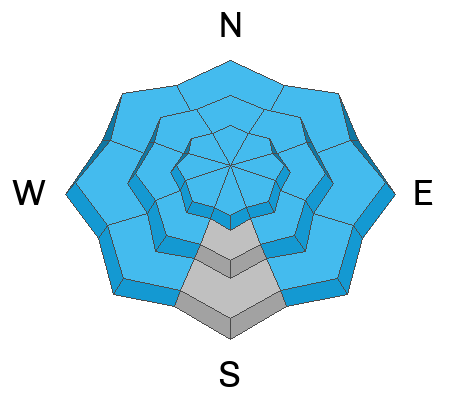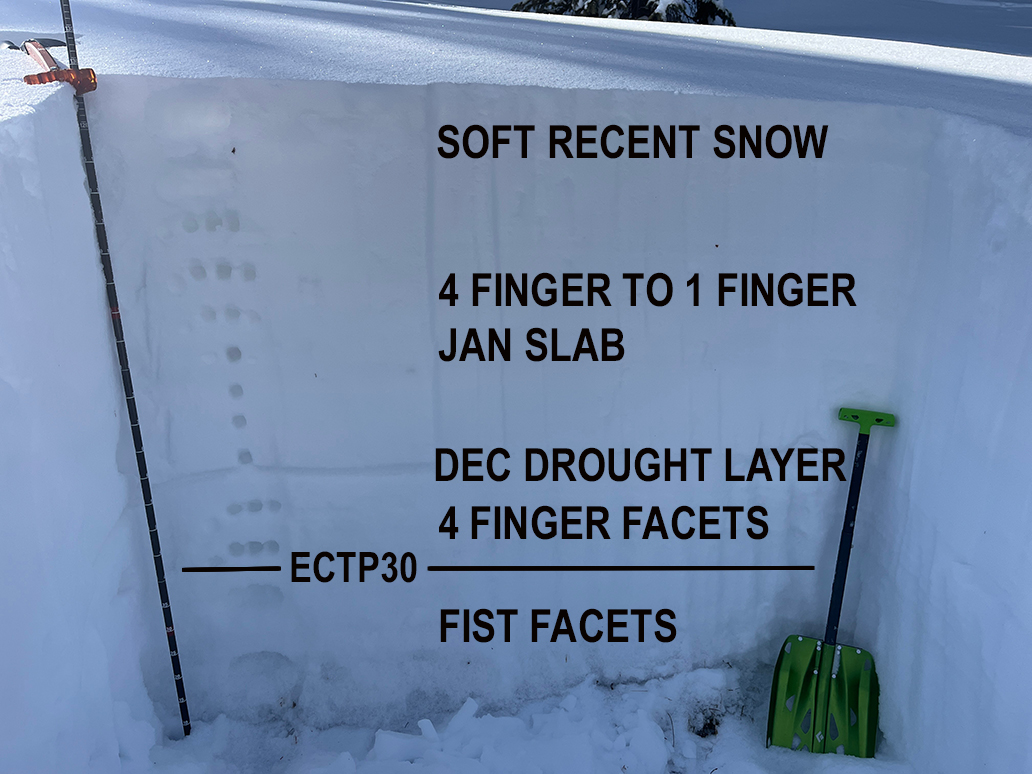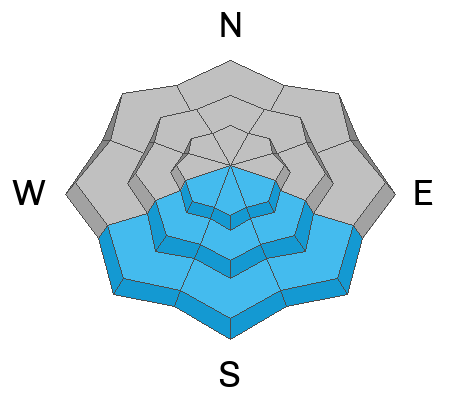Forecast for the Moab Area Mountains

Issued by Dave Garcia on
Tuesday morning, January 30, 2024
Tuesday morning, January 30, 2024
The overall avalanche danger today is MODERATE. Dangerous human-triggered slab avalanches 2-6 feet deep failing on a buried persistent weak layer remain possible on most aspects. The odds of triggering a slide have dropped, but the consequences have not.
Unseasonably warm temperatures and strong sunshine will cause wet-loose avalanches to be possible on steep solar aspects.

Low
Moderate
Considerable
High
Extreme
Learn how to read the forecast here










